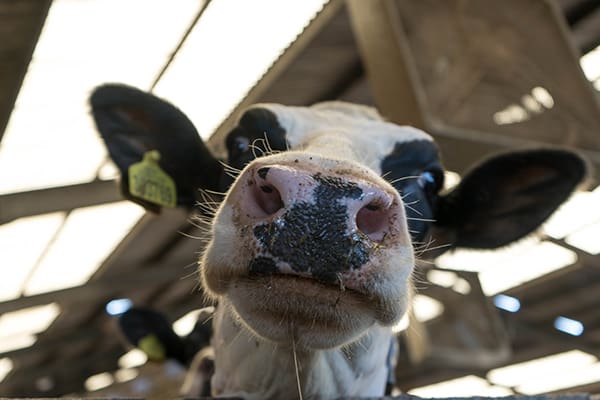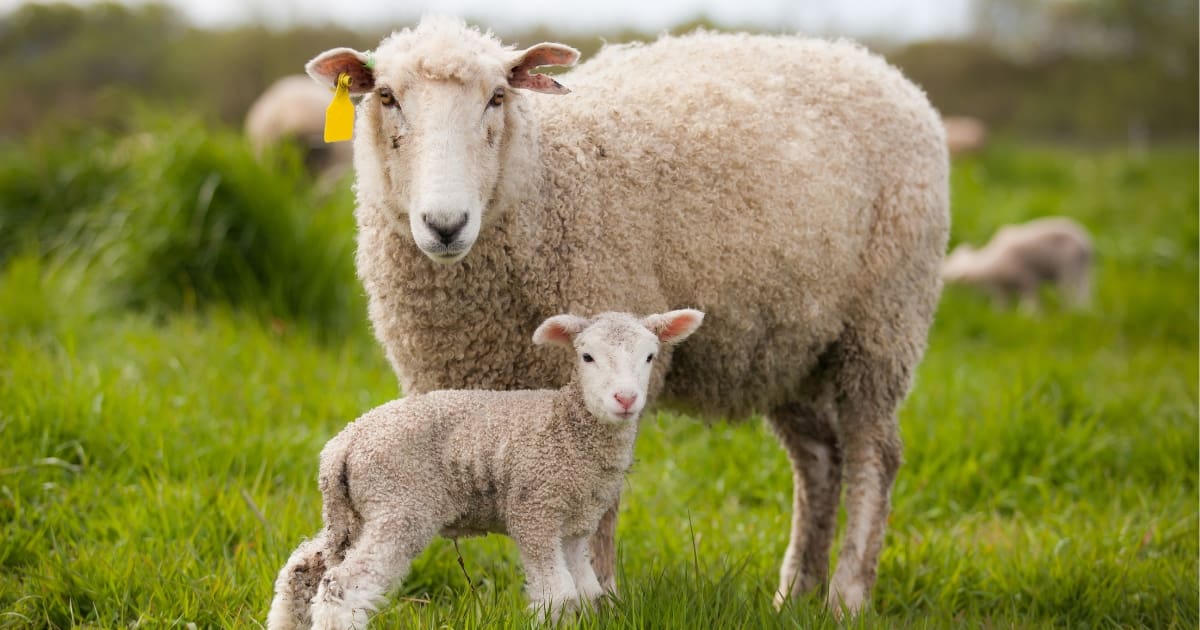This is a question which vets are often asked. It is essential that there is full coverage of the umbilicus/navel across a full 360˚ and the entire length. Spraying can be fiddly, require multiple sprays, and can make it difficult to ensure 100 % coverage. Meanwhile, dipping tends to provide better 360˚ coverage and is often easier to perform correctly. When dipping it is important to dip the entire navel, all the way to the body wall.
Think of the navel as a paper straw and the dip-cup as a jug of cream. If you dip the straw in the cream, you will be fully coating the straw on all sides, on the end and drawing some up as a ‘plug’ on the straw. If you were just to spritz the straw with the cream you wouldn’t get as thick a covering, get any on the end of the straw, or successfully plug the end of the straw.
It is recommended to use a dip-cup with a non-return valve, as it allows you to squeeze up enough product for one navel into the cup and fully submerge the navel, without any backflow causing contamination of the rest of the disinfectant. A teat dip-cup, like you’d use in the parlour, is an excellent device to use for dipping navels.
Where can management be improved?
Now we know that the effect of a single dose of iodine does not persist for as long as we first thought, multiple applications or long-lasting products are one obvious way to improve navel care on farms. This is particularly important in bull calves, as their navels take longer to dry up than heifers.
Hygiene of the calf’s environment for the first week of life is just as important as the hygiene of the calving pen itself. Ensuring calves have clean and dry bedding, and that navels are checked daily, will go a long way to reducing the risk of infection.
New products on the market provide an iodine-free approach to navel care. One such product is Nobacz navel (Nobacz Healthcare). Nobacz navel provides disinfection and desiccation with a strong alcohol content. It has been demonstrated to dry the navel within two hours of application – much faster than the traditional products used.
The product then forms a protective coating over the navel which acts as a barrier protecting the navel and preventing bacterial contamination. To overcome dams licking the product off the navel, Nobacz navel contains a bitter-tasting component to deter interference.
Conclusions
Navel treatment is an important part of caring for the newborn calf, and picking an appropriate product for this will maximise the success of treatment and reduce health problems observed in calves. If the product used doesn’t provide a long-term barrier then multiple applications should be carried out. It is also important to keep an eye out for dams licking products off the navel – rendering them useless.
The sooner the navel is dipped, the less time it is exposed to bacteria in the environment.
Alongside treating navels with an appropriate product, good hygiene and adequate colostrum provision are vital for reducing navel infections in calves.
Whichever product is used, navels should be checked daily for the first 5-7 days of life, and any painful swellings or inflammation should be treated in accordance with veterinary advice.
Want to read more like this? Click here…



